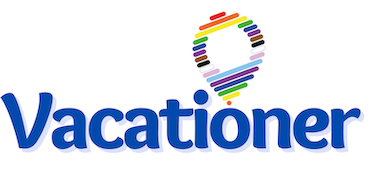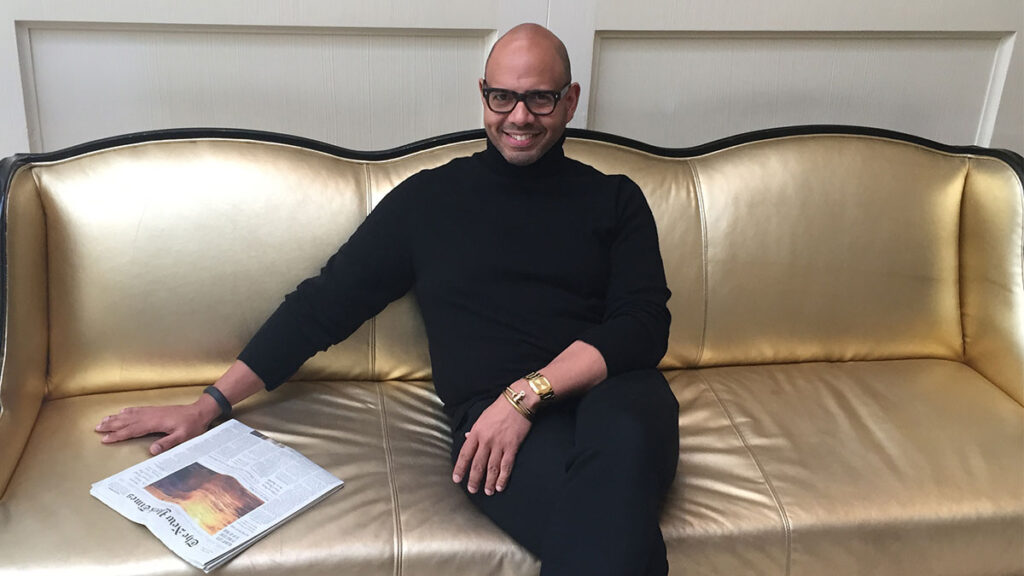Culture Creator Emil Wilbekin Amplifies the Voices of Black Gay and Queer Men
Growing up as a Black gay or queer man can be a daunting process if you’re don’t have a good support system or role models. Vacationer Magazine supports champions or organizations whose primary focus is to amplify the voices of those who are often underrepresented in the LGBTQ+ community and beyond. So, it should be no surprise as to why I reached out to chat with Emil Wilbekin, an award-winning journalist and founder of Native Son, a collective created to elevate the voices, visibility, and the lived experiences of Black gay and queer men in all communities they exist.
Wilbekin was born in Cleveland, Ohio, and raised by his adoptive family in Cincinnati. But his current home is in New York City, where he’s working on several TV projects, a docu-series, and a podcast project set to debut sometime next year. Wilbekin is also in the process of writing a proposal for his memoir – a book I can’t wait to read. The 54-year-old culture creator was able to press pause on his busy schedule to chat with me about the Native Son Movement, traveling with HIV, how travel was an integral part of his coming out process, and what destinations are his list to visit in 2022.
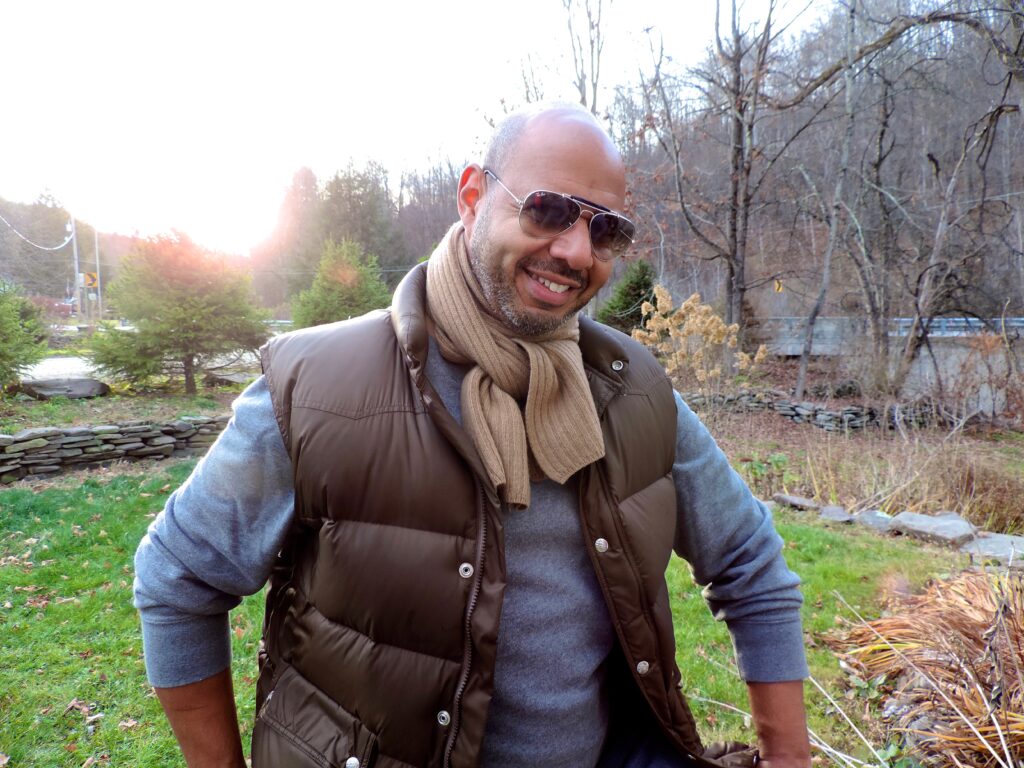
Vacationer Magazine: What sparked your passion to learn how to become a journalist?
Emil Wilbekin: When I was growing up, my parents always called me “Mr. Reporter” because I was the kid who knew every single thing going on within my family, within the household, and in the neighborhood. If my parents couldn’t find stuff, they’d ask me, and I knew where everything was. And so I developed the name “Mr. Reporter” as a kid. I ended up, in the third grade, I won an essay writing contest about how to conserve energy in your neighborhood. And to everyone’s surprise, I won. I think that kind of sparked my interest in journalism and storytelling.
When I was deciding to go to college, I went to Hampton University in Virginia, when I was trying to decide on my major, I was struggling and I had a speech communications teacher in high school, who said: “you should explore communications because you’re a great public speaker.”
And I grew up in a household where we always had Time Magazine, Life magazine, Ebony, Jet, the two local newspapers, and National Geographic.
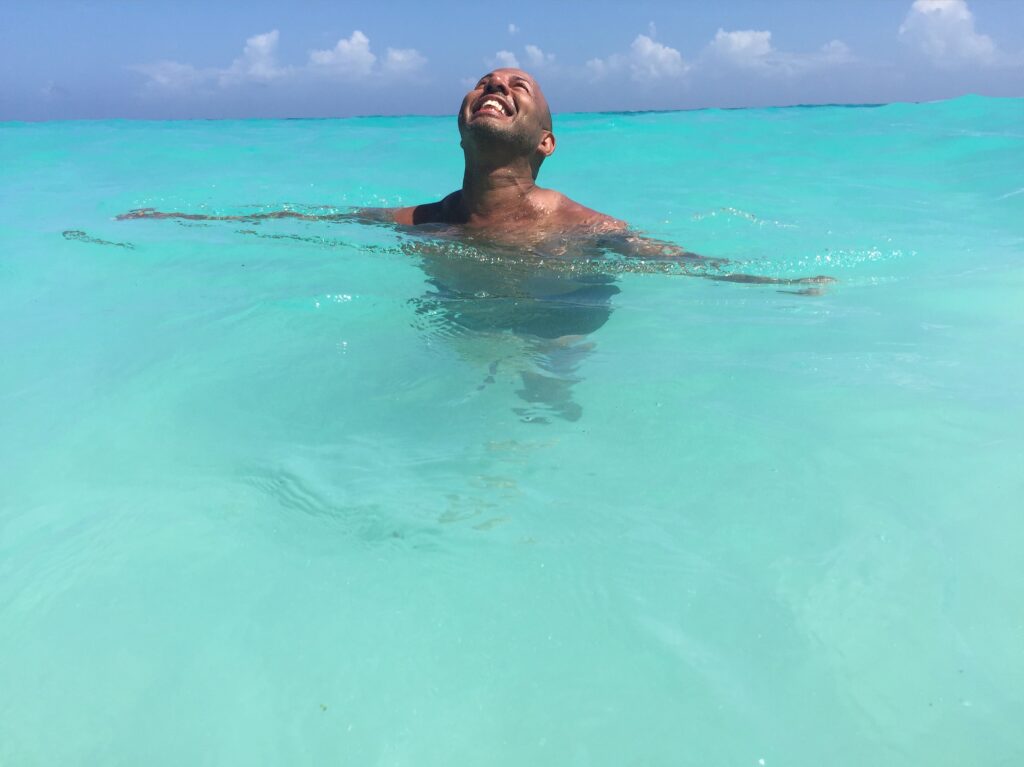
When and how did you come out?
I came out to myself the summer after I graduated from Hampton University, which was in 1989. I did an internship through Boston University, studying British media and advertising in London. So, I was just out of my Historically Black College and University (HBCU) bubble and in London. I was reading “Invisible Man” by Ralph Ellison, and found in TimeOut London, this movie review for “Looking for Langston” by Isaac Julien.
I snuck away from my group to Piccadilly Circus one afternoon to see this arthouse film about a Black queer narrative about Langston Hughes’ poetry, set during the Harlem Renaissance, and simultaneously, the London underground of the late 80s. And I left the movie theater, like, “I’m gay.” I finally saw representation of myself that I didn’t have language for or imagery for. So, that’s when I came out to myself, and then it became a slower process of telling all my friends and then my family about two years later.
Tell us a little about the Native Son Movement and why you think it’s a necessary platform?
I started Native Son five years ago as really an intervention for myself. I felt as if there wasn’t community and safer spaces for Black gay and queer men to come together that weren’t chatrooms, bars, clubs, or hook-up apps. It was a very simple premise. I wanted to create community and wanted to bring us together – the way I saw other racial and cultural parts of the LGBTQ+ community come together. And I thought, “Why aren’t we doing this?” At the same time, the Trans Movement was growing and that was inspiring to me.
Simultaneous to that, I had left a position working as an editor at Essence for five years and I was inspired by how Black women were supporting other Black women. It was a confluence of all those things, and I wanted to create a space – for my friends and I, who were Black gay and queer men – to have conversations and have fellowship. Somewhere we could see each other and be reflections of each other – the good, the bad, the ugly – and also where we could celebrate each other. And so I call it a movement, a community, and a platform.
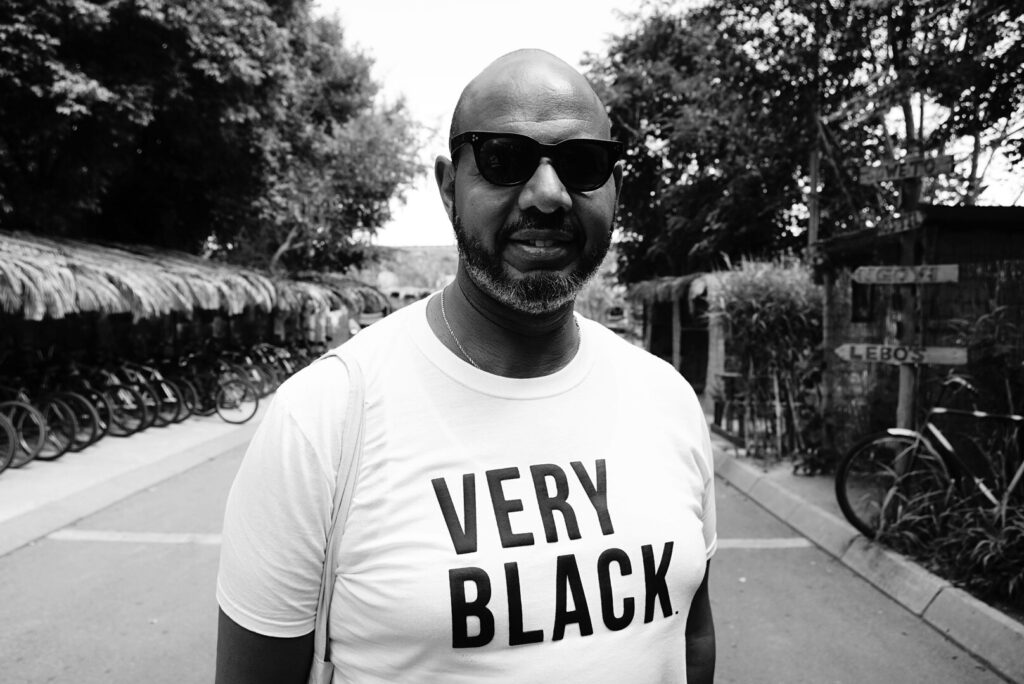
So, that leads to my next question, who were your role models growing up?
I’m 54. There weren’t openly gay or queer folks in general when I was growing up; so, that was tricky. I had a high school art and photography teacher, who never came out to me, but it was pretty clear to me that he was gay. And he served as a possible model for me. I read James Baldwin’s work and was particularly struck by “Giovanni’s Room.” So, he was kind of in that aura.
And then the other two people, whom I could identify with were Greg Louganis, and then the other person was Gene Anthony Ray, who played Leroy on “Fame.” Those were the people who I sensed were gay, and who I felt an “otherness” in them that I felt in myself.
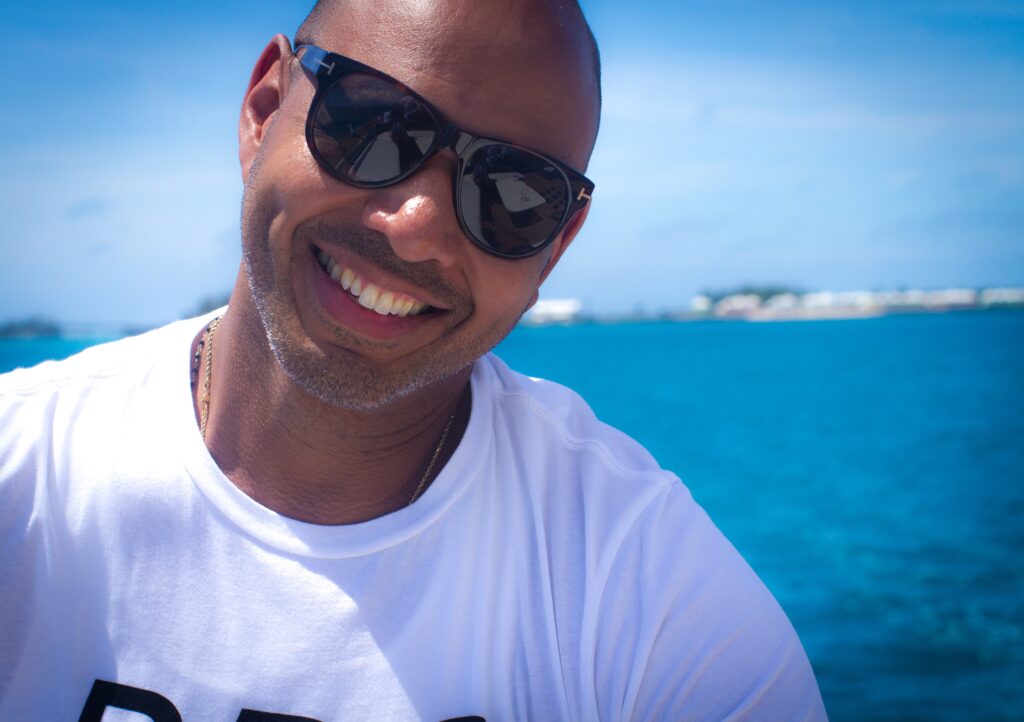
Does being a Black gay man directly impact how you travel?
So, what’s very interesting about my identity and how I move through the world as a traveler or explorer is that I think my blackness is interesting because I’m light-skinned and I’m “tofu” when it comes to some of the places I’ve traveled. So, if I go to South America, people think I’m Brazilian. If I go to India, they think I’m Indian. If I go to Puerto Rico, they think I’m Puerto Rican. So, that’s been this really cool thing because I’ve never felt my life was in danger. Some people told me, “Be careful in Brazil because if you’re American, you’ll get kidnapped.” Well, no, I’m brown and I look Brazilian, so I’m probably not going to get kidnapped, but I’m also going to be safe.
In terms of my gayness, I am very aware of cultures, rules, and laws in foreign countries when I travel to make sure that I’m safe and that I’m respectful to the local culture. And if it is illegal to be gay there, then I’m extra cautious so I don’t put myself in harm’s way.
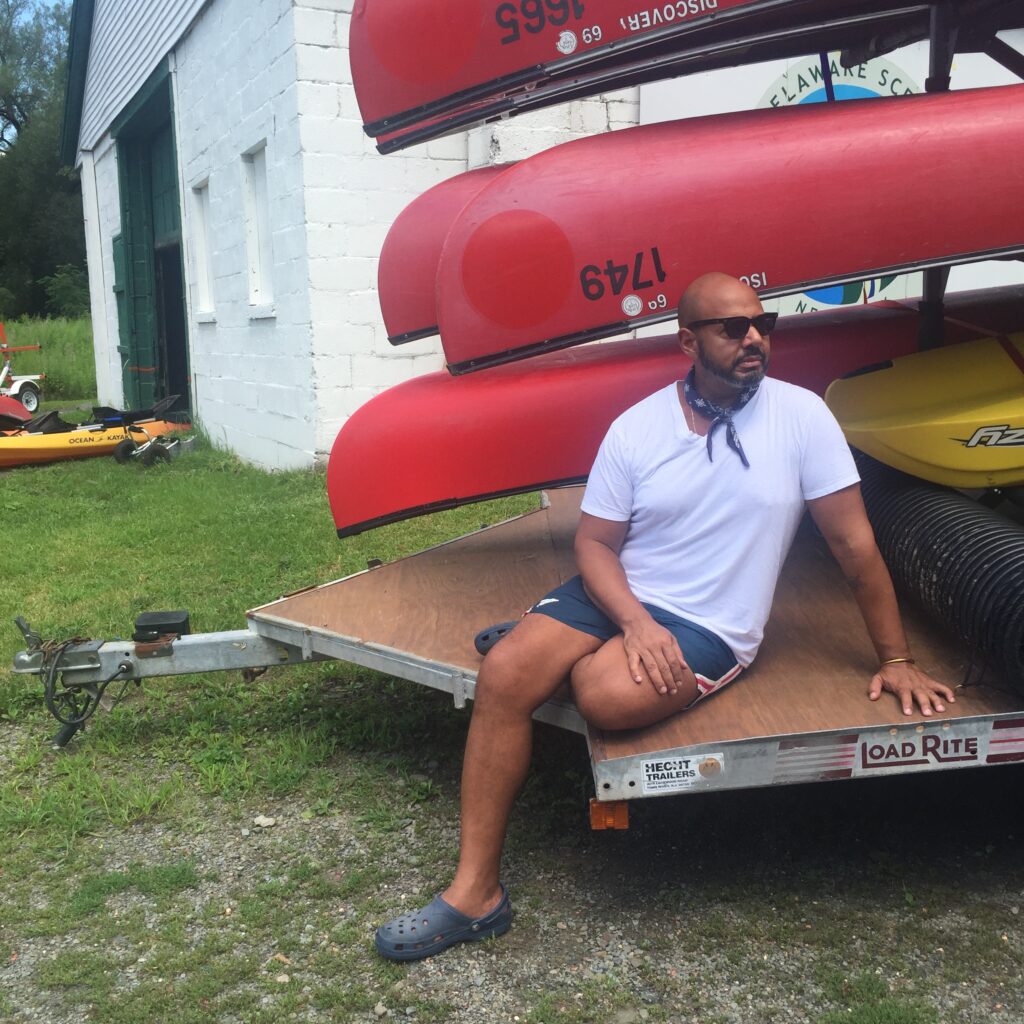
At what age do you get your first passport and what was your first trip?
I got my first passport when I graduated from Hampton University. I guess I was like 19 or 20, and I was going to London for the internship program. I had to get my first passport to go to London, so that was super exciting.
I had never traveled internationally or overseas, but my father is from St. Croix in the U.S. Virgin Islands, so we traveled there almost every Christmas for most of my life. My parents traveled a lot in the Caribbean. They would leave my brother and I with our grandmother and aunts, and they would go island hopping and go visit friends in Venezuela. So, international travel, and not just being in America, was always part of my life.
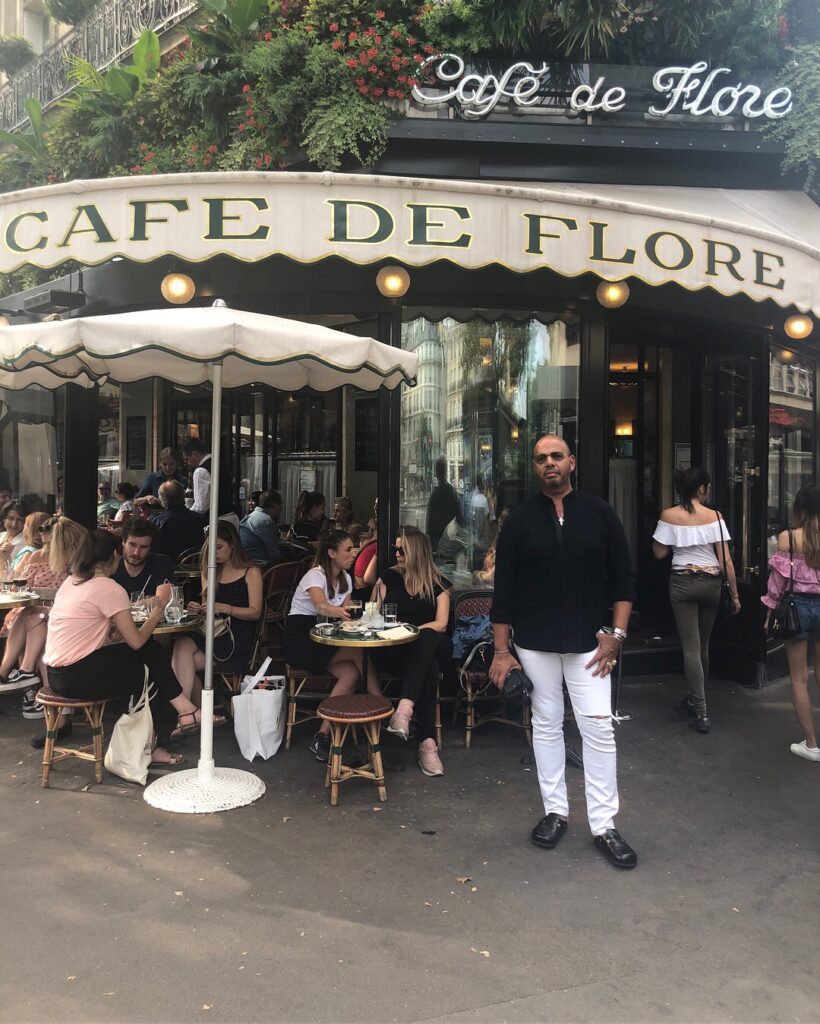
What places are you excited to visit next year?
I’ve been eager for saltwater, sea air, and sunshine. I would like to go to the Caribbean. There are parts of Mexico that I’m very interested in visiting. I’ve never been to Puerto Vallarta. I’ve been to Tulum and Acapulco, but just this idea of everyone going to Mexico during the pandemic has piqued my interest in different parts of Mexico that I’ve never experienced.
I never really paid attention to Puerto Vallarta until COVID and then all my L.A. friends were like, “No, it’s amazing. It’s close. It’s cheap. It’s getting more expensive now because more people are going, but it’s safe and you’ll have a great time.” And I know it’s gay-friendly there. So, Puerto Vallarta is definitely on my list.
I want to go back to Paris because it’s one of my favorite cities in the world and I have not been there in a couple of years. And right before the pandemic, I was in Johannesburg and Cape Town, and I would like to go back there. I feel like I’m at home when I’m in South Africa.
The other place – that may happen around Christmas and New Year’s – is the desert region of Southern California, like Joshua Tree. I’ve been to Palm Springs, and I loved that.
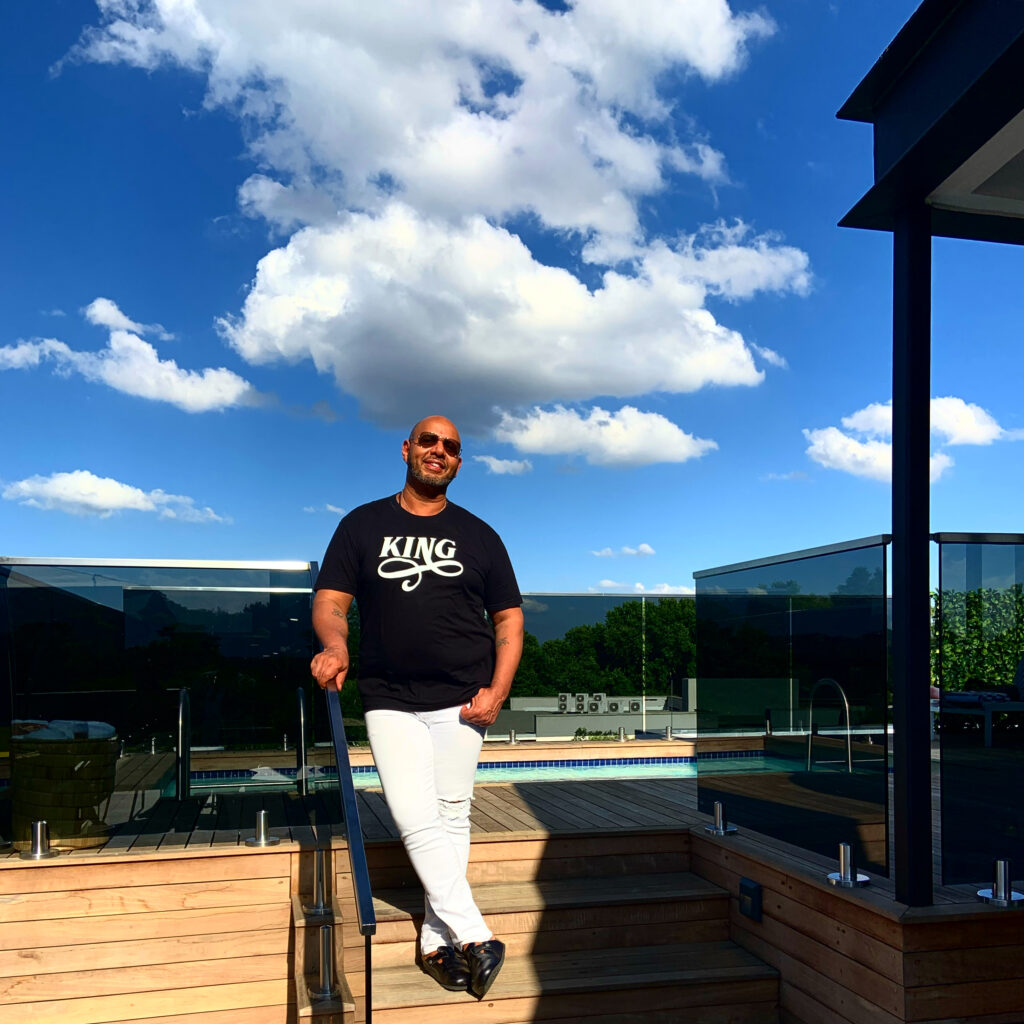
What do you always remember to pack when traveling?
The one thing that I never forget to pack is my HIV medication because I’m HIV+. And so if I’m going overseas, I try to have an extra batch because you never know.
I always pack a pair of white jeans, a white shirt, and a black sweatshirt wherever I go. I pretty much wear black and white anyway, so, it’s really easy. I always take a book with me. One of the things I’ve learned is to always have a First-Aid kit with Aleve or Advil, Band-Aids, Pepto Bismol, and those things. You never know when you may need it and, depending on where you are, you don’t know what you’ll have access to or not.
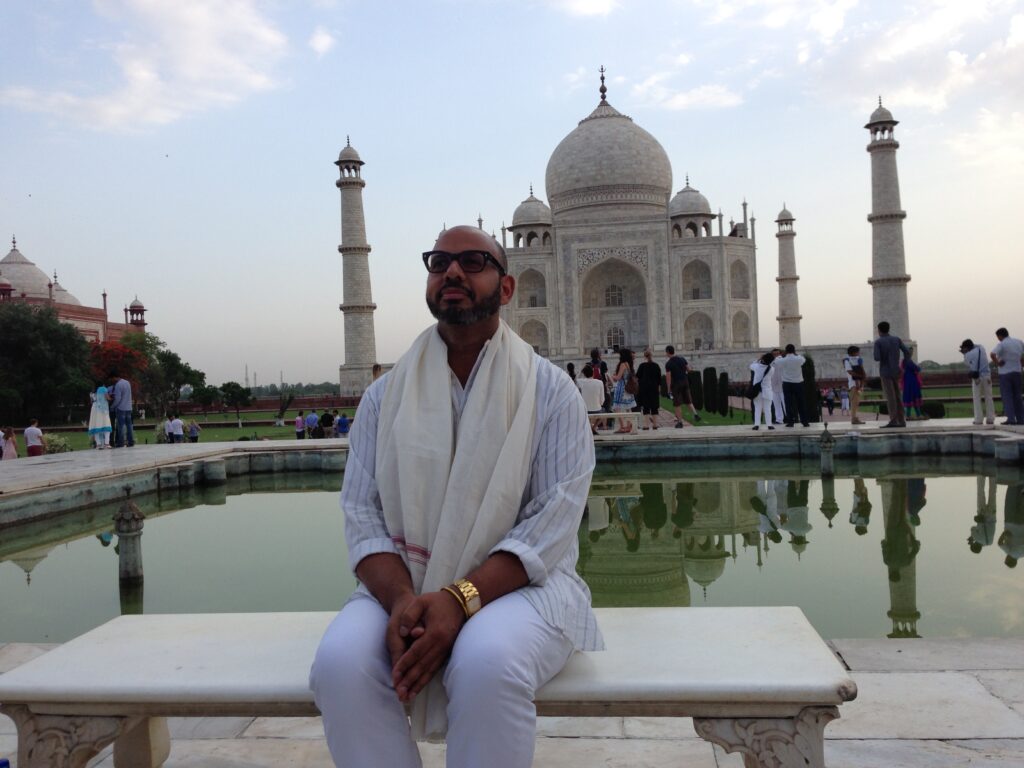
You mentioned that you travel with your HIV medication. Are there specific considerations or necessary pre-planning that you have to consider before traveling?
No, not really. It depends. I went to India for six weeks in 2016. So, that was the first time I’d traveled somewhere that I had to get Malaria shots and other vaccines not only as a traveler but also because I am HIV+. I was advised to get the shots to make sure I was safe.
If it’s a foreign place that I haven’t visited, I always ask my doctor: What are the risks? Do I need any special vaccinations because I’m HIV+? And they’re pretty well-versed with that information, so I always check in with my doctor before traveling. I’ve never traveled somewhere I’ve felt completely unsafe. I was a little nervous in India, but I was prepared, which included packing Cipro (ciprofloxacin). I had to take that because I got “Delhi belly” and that was not cute.
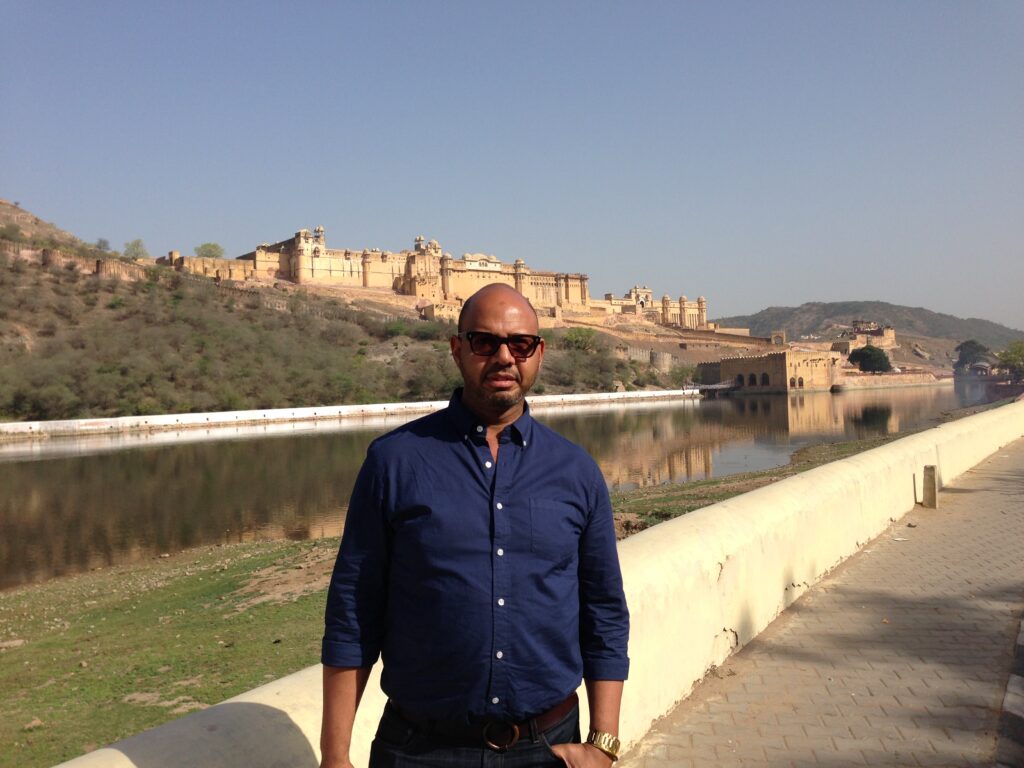
What makes a good travel companion?
I love travel companions who do their research and who have that take-charge kind of personality. Then I can just fall back, explore, and just be introduced to new things. The best travel companion is easy to get along with, fun, fearless, and open to new ideas and cultures.
What celebrity would be the ideal travel companion?
It would be fun, and it would be complicated, but it would be Beyonce. I say that because she’s a Virgo and I’m a Virgo, and Virgos tend to get along and understand each other well. She seems to have a good sense of adventure and obviously, we’d have tons of perks and security.
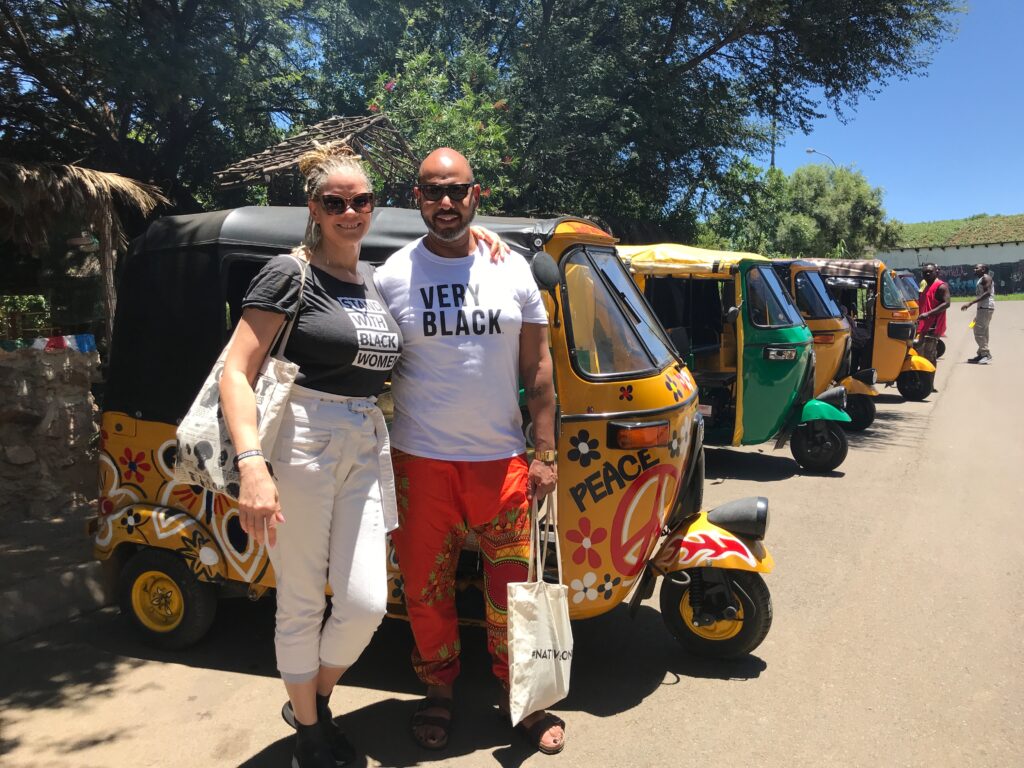
Best book to read or movie to watch on a long-haul flight?
Best Movie: I like classic movies, but for some reason, “Crazy Rich Asians” is a fun rom-com, and I haven’t been to Singapore. It’s effortless, easy, fun, and I don’t have to overthink it.
Best Book: Any of James Baldwin’s books are always good for me because they’re complicated. So, it’s nice to be on a plane and isolated, where I can focus and dive into the word, take breaks, and process it.
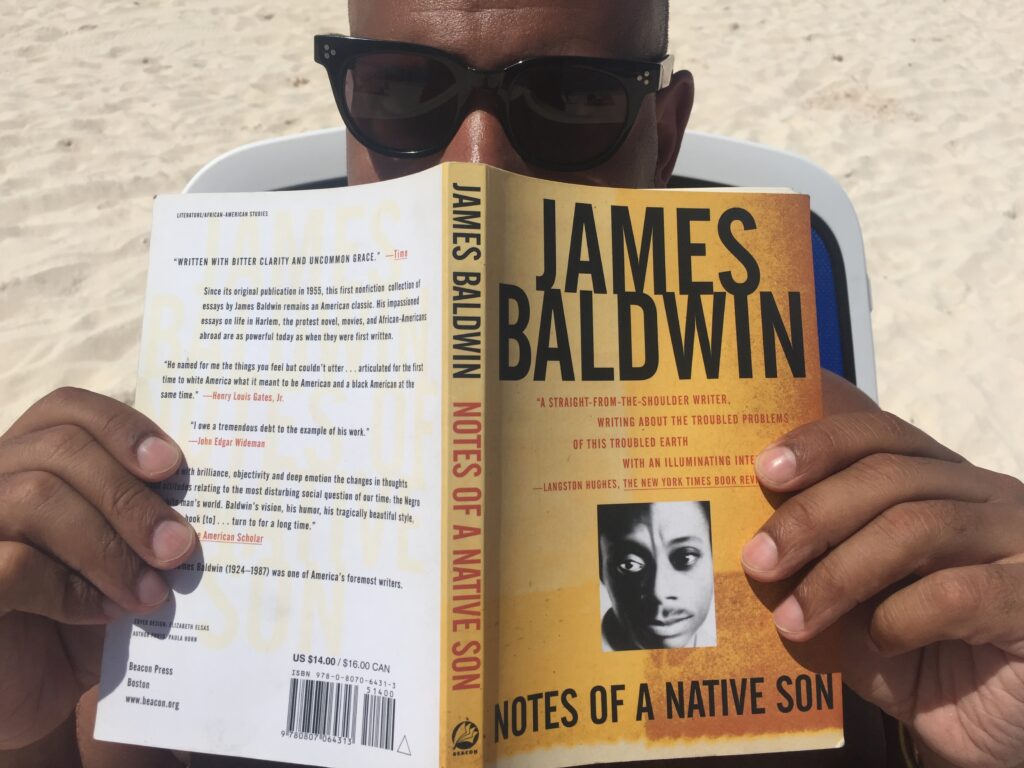
Go somewhere new or go somewhere you’ve been before?
I struggle with that because I’m a creature of habit. There’s part of me that wants to keep going back to these amazing places like Cape Town, Paris, and Barcelona because I love the energy there. And then, I’ve been to China – specifically, Beijing and Shanghai – but there are so many places in Asia I haven’t explored. And then the continent of Africa is so big! I’ve been to Marrakech and South Africa, but I haven’t visited the interior of the continent. So, I’m interested in trying West Africa, traveling to Senegal and Nigeria.
To keep up with Emil Wilbekin’s latest travels and upcoming projects, you can follow him on Twitter and Instagram. And for more information about Native Son, click here. You can also follow Native Son on Facebook, Twitter, and Instagram.
